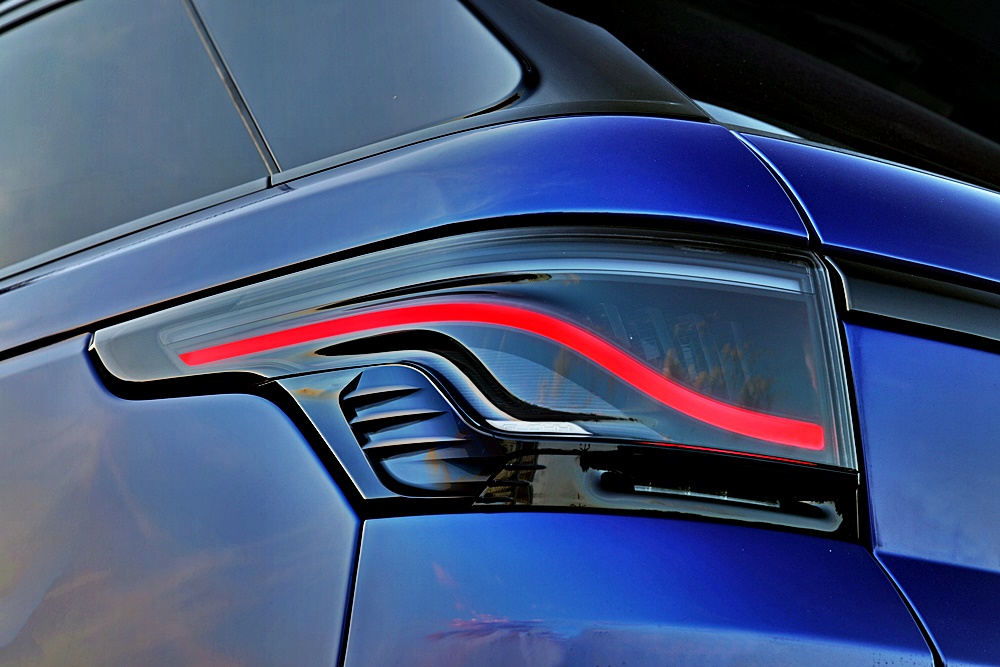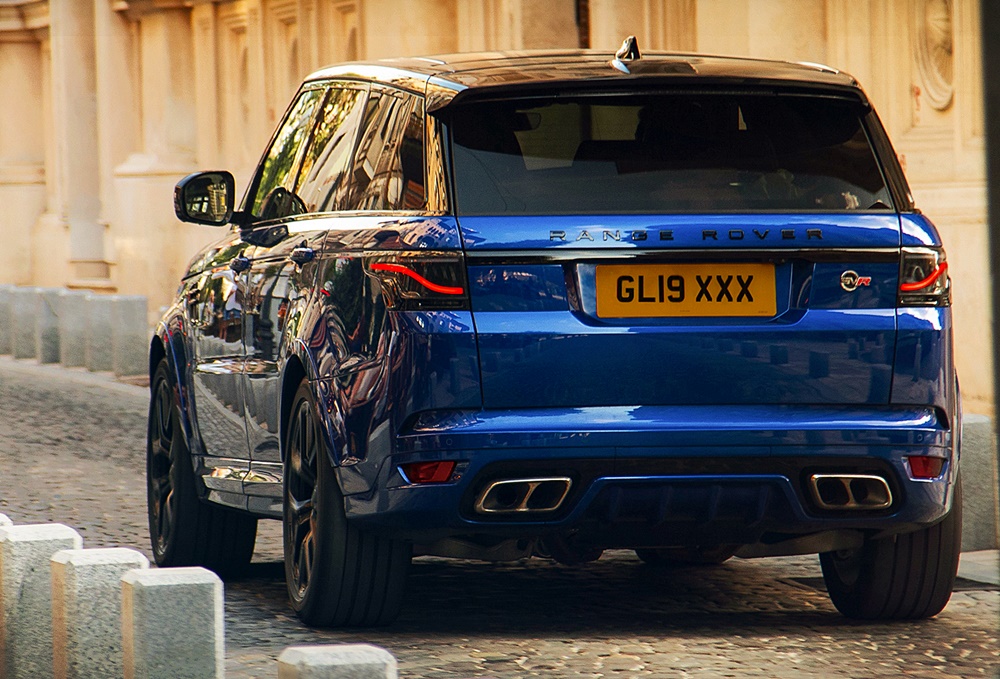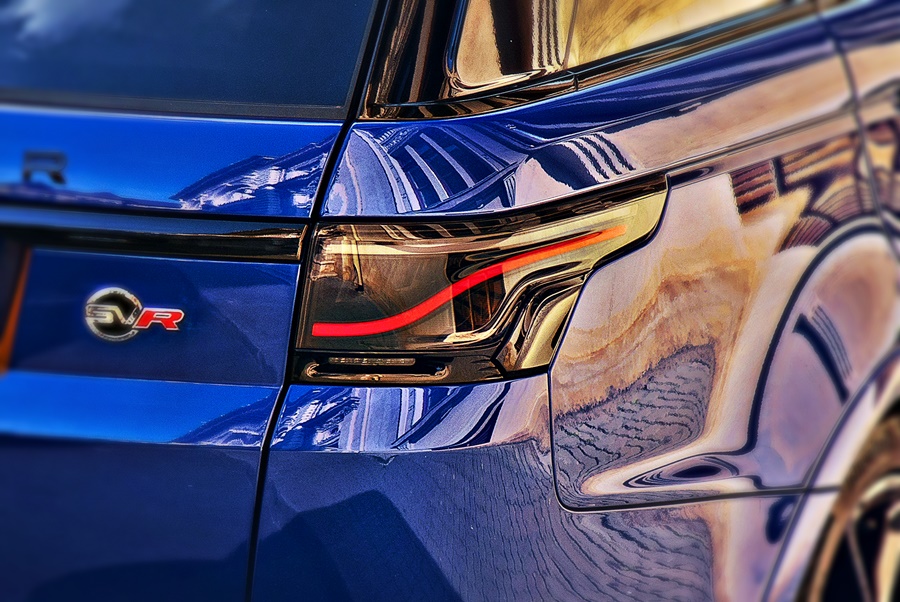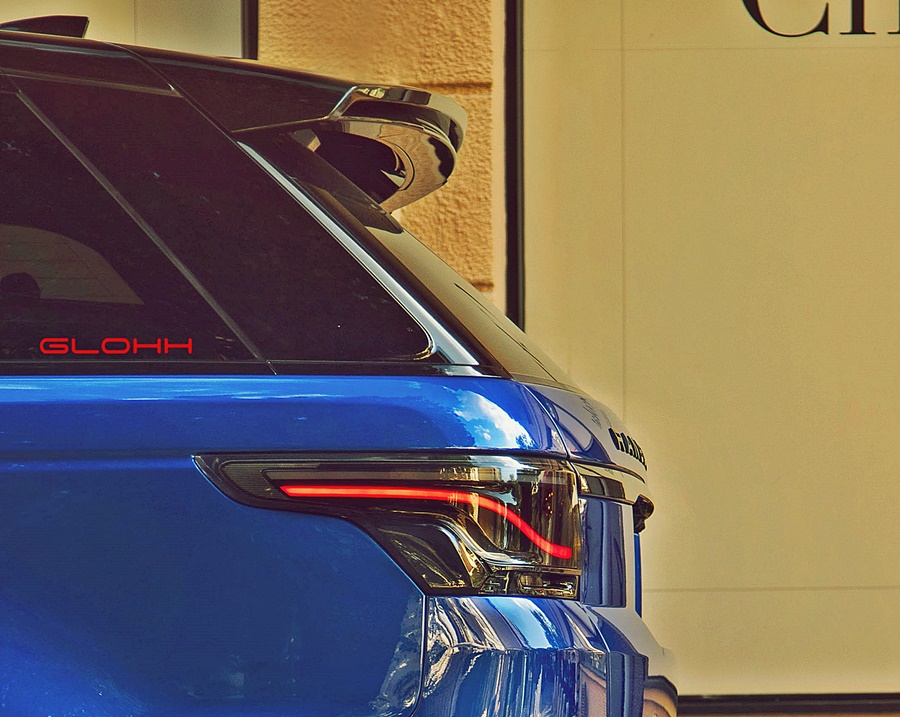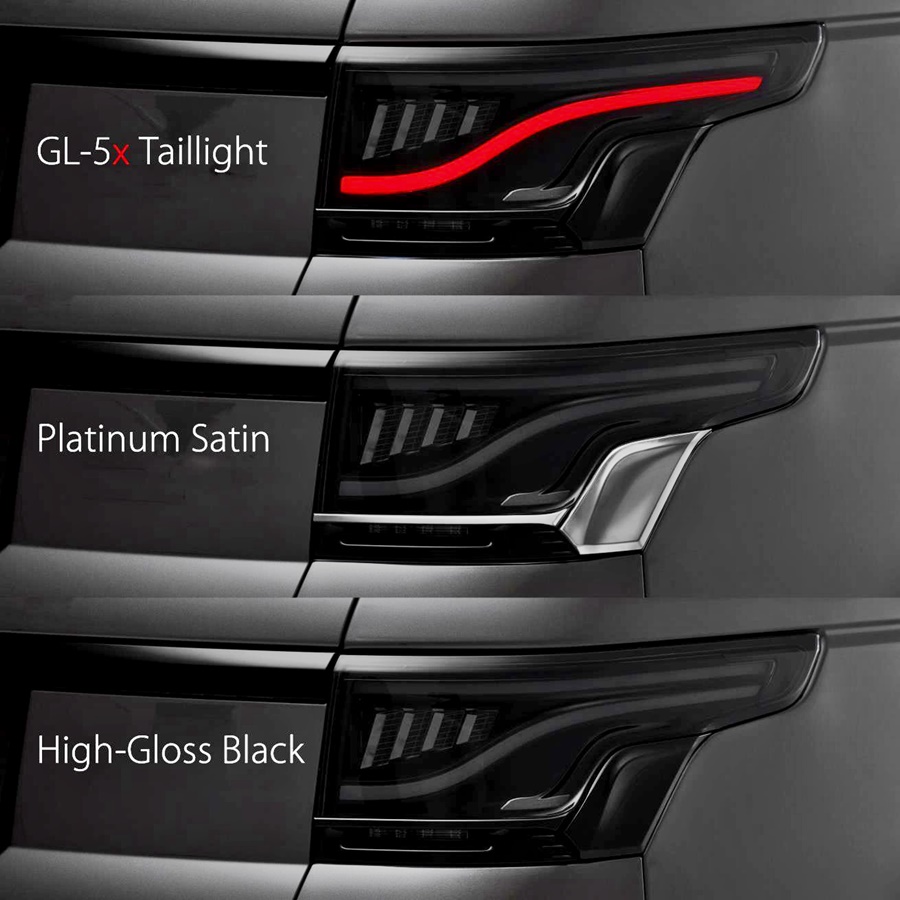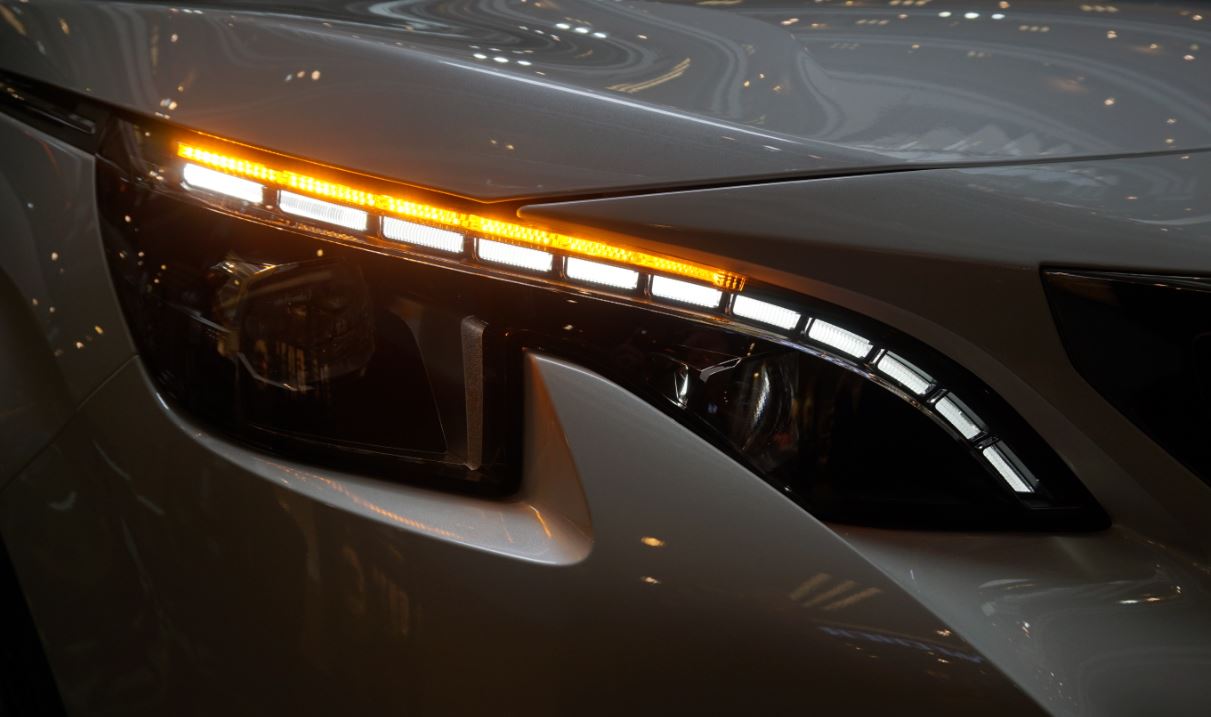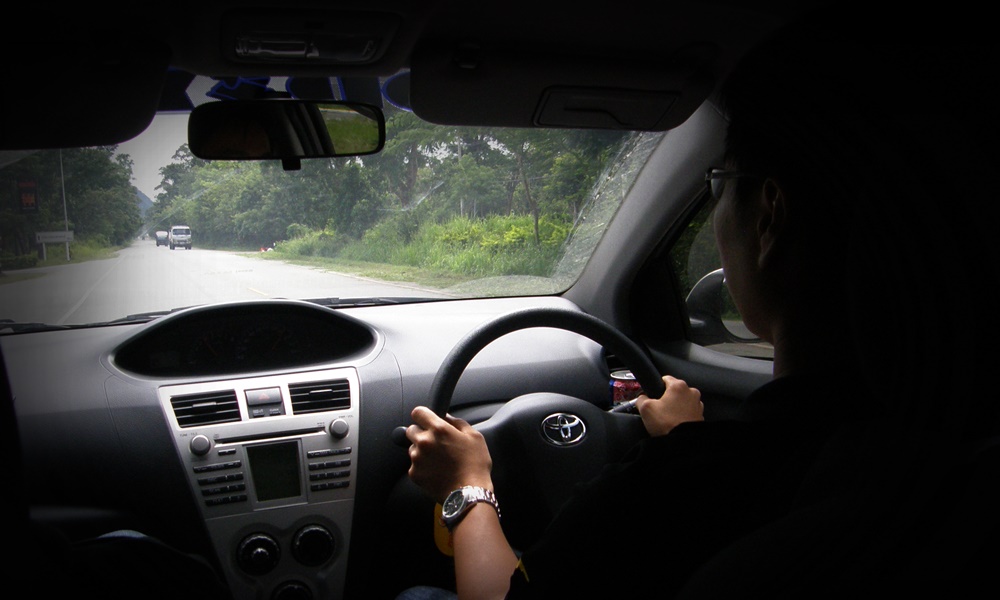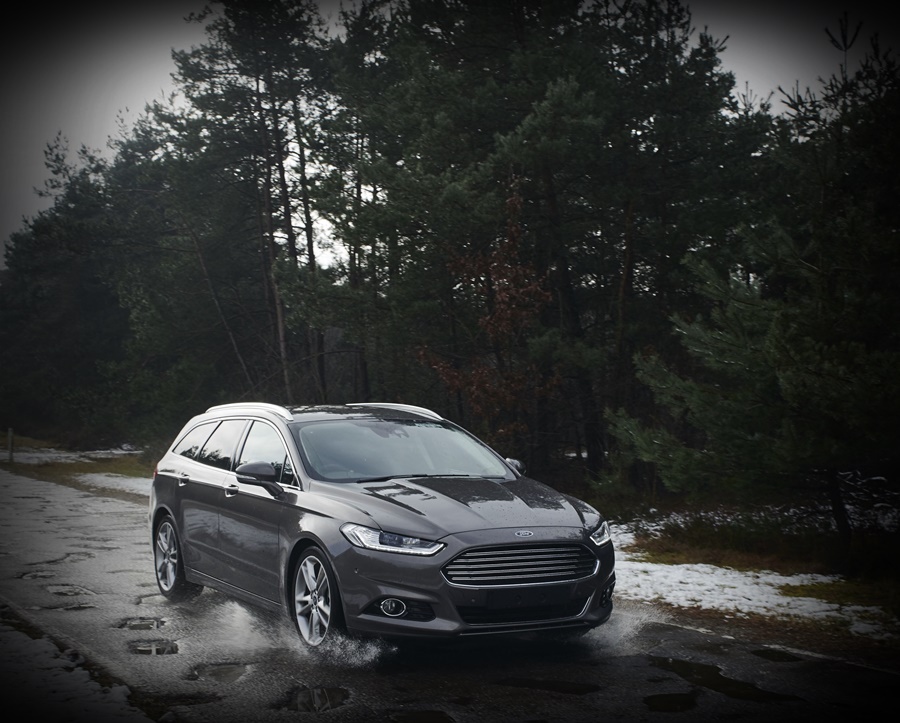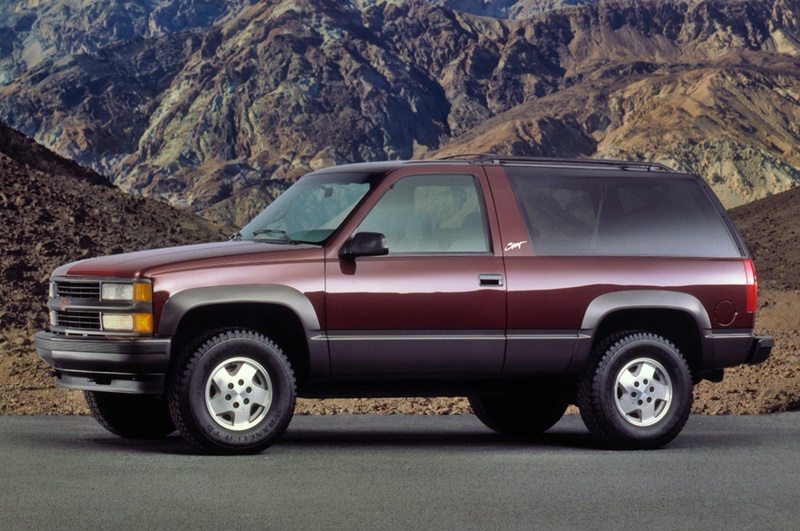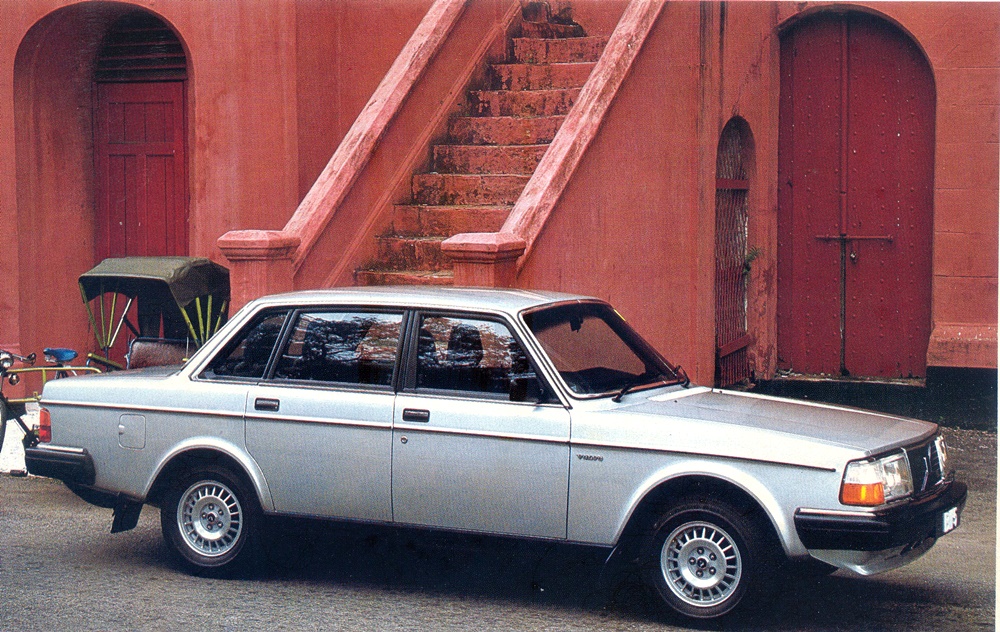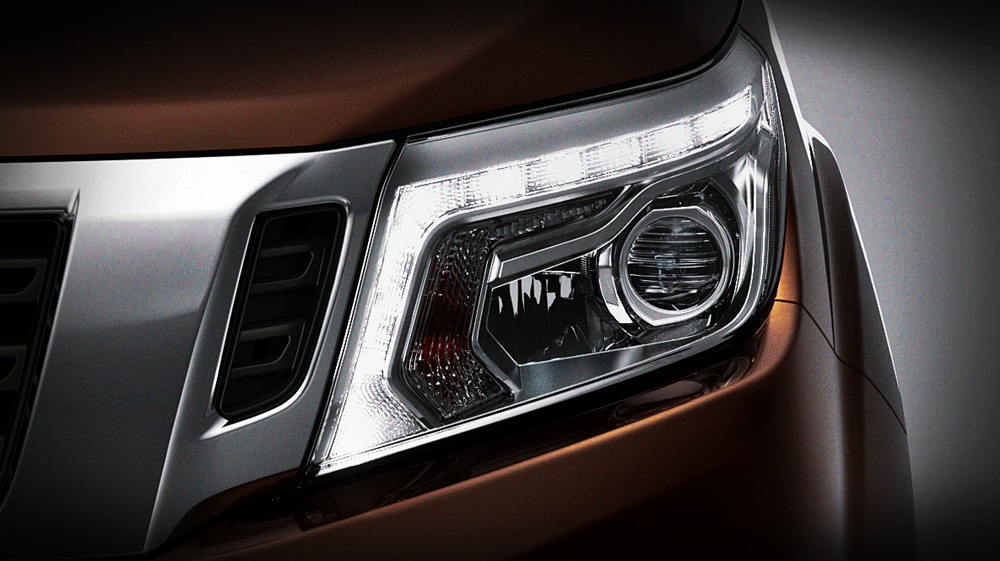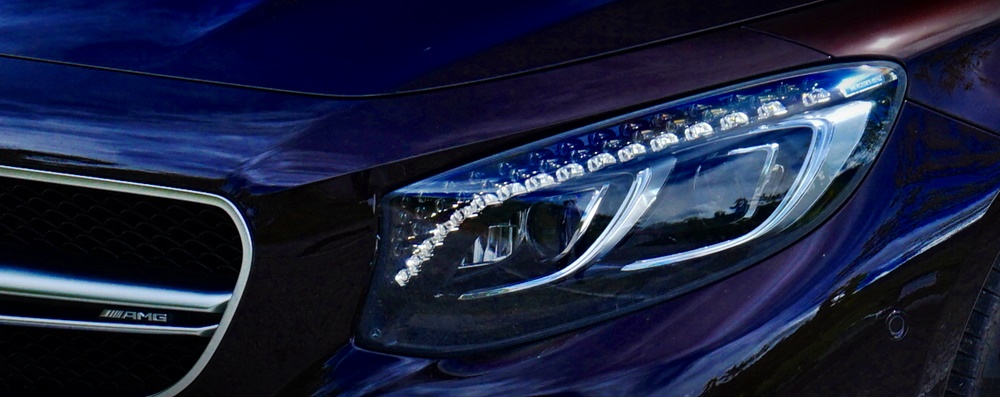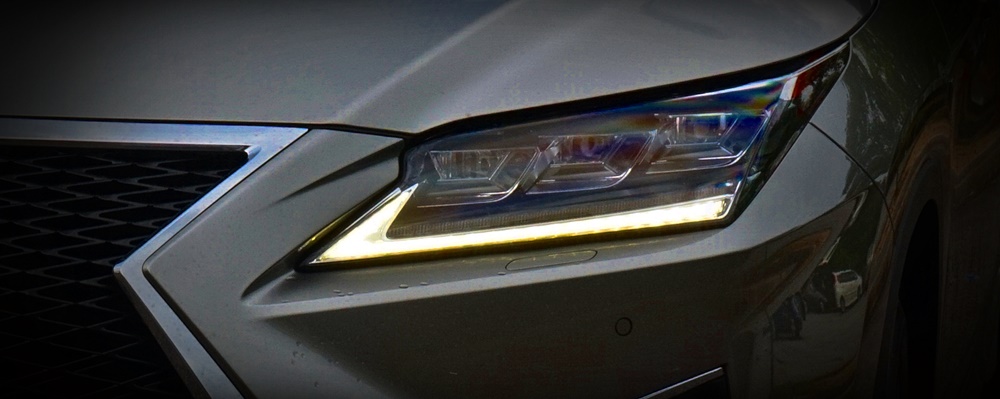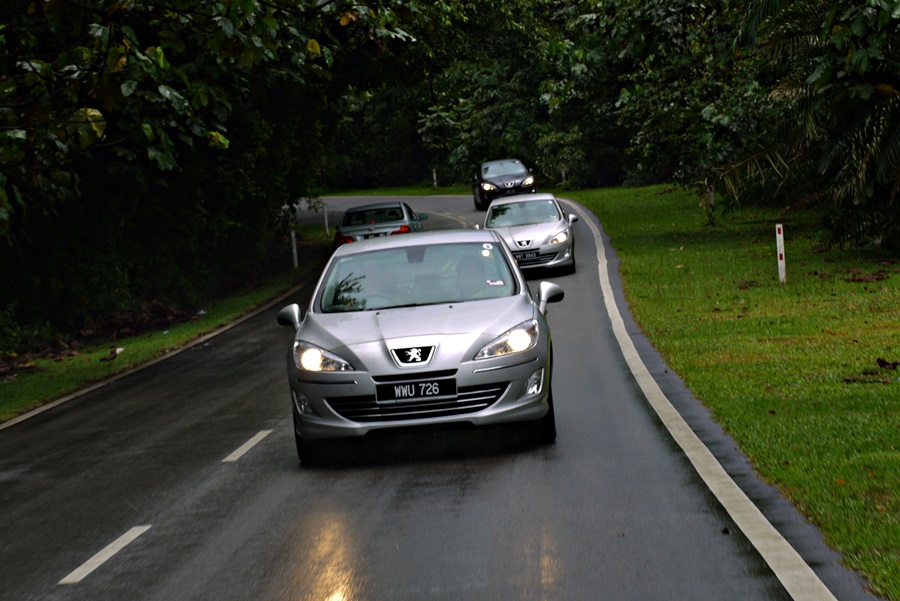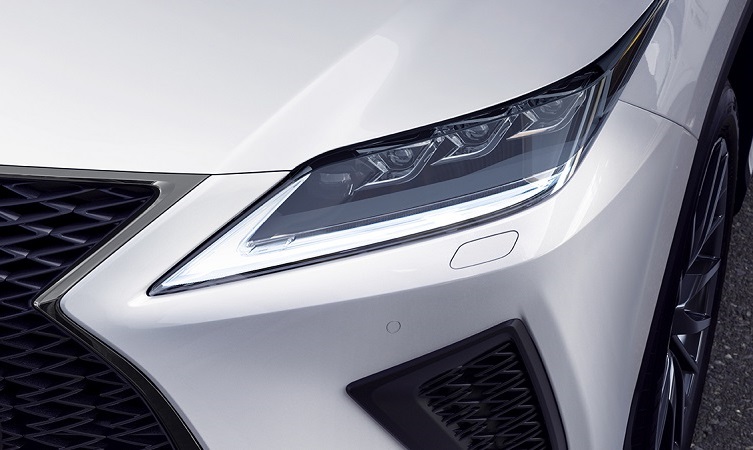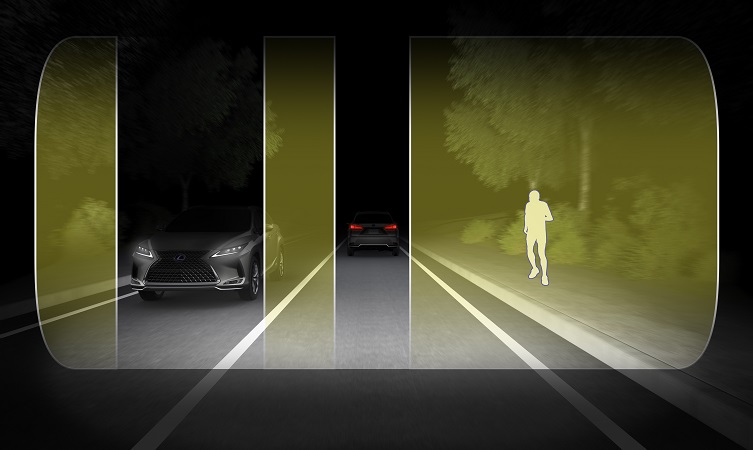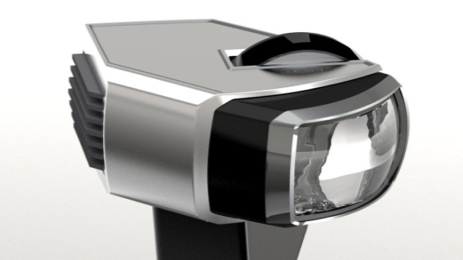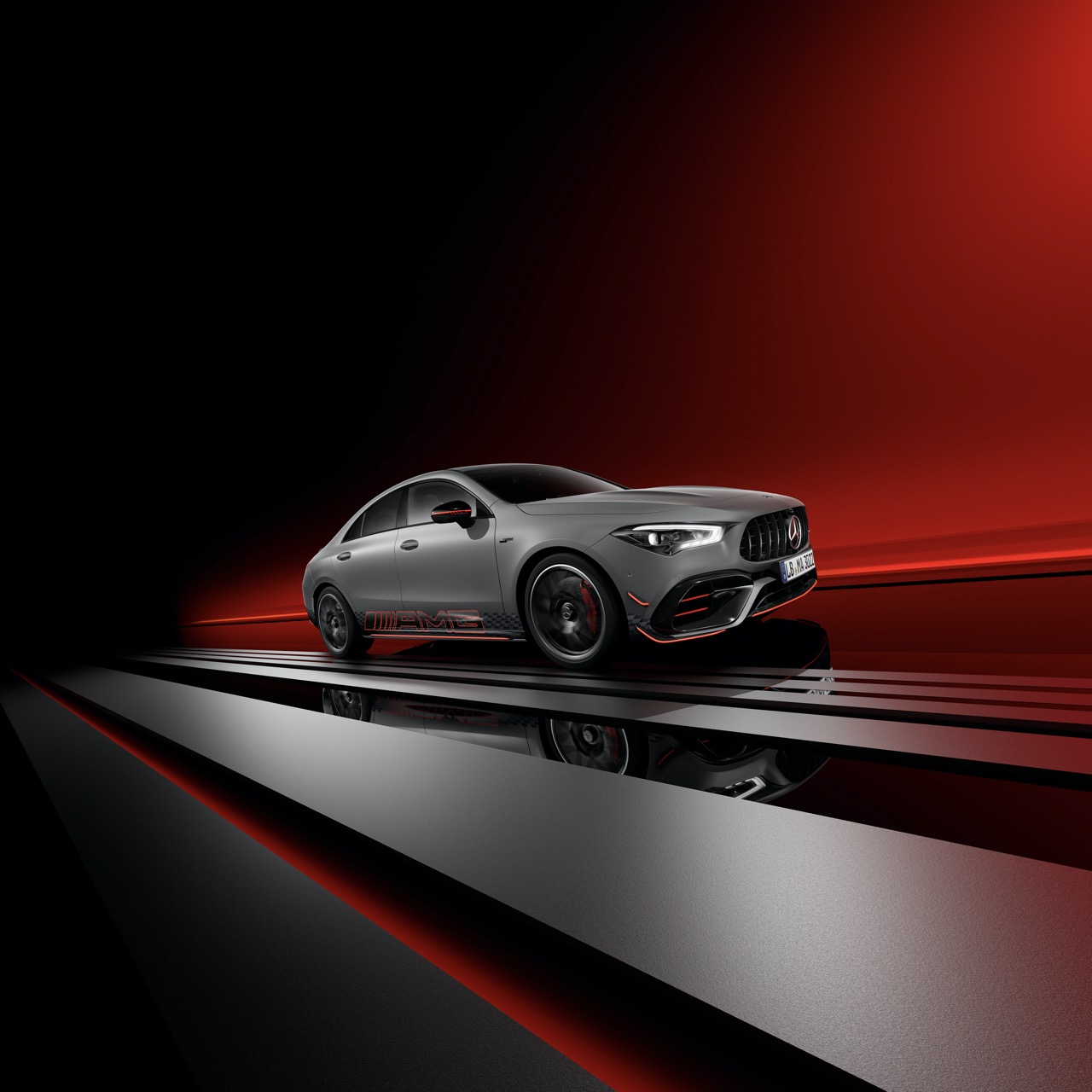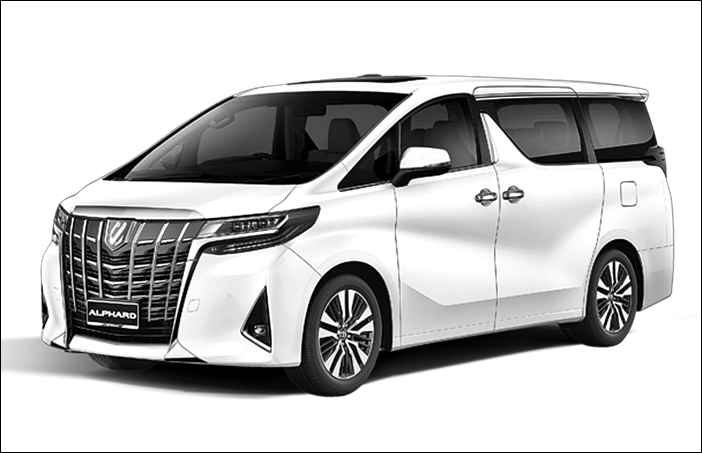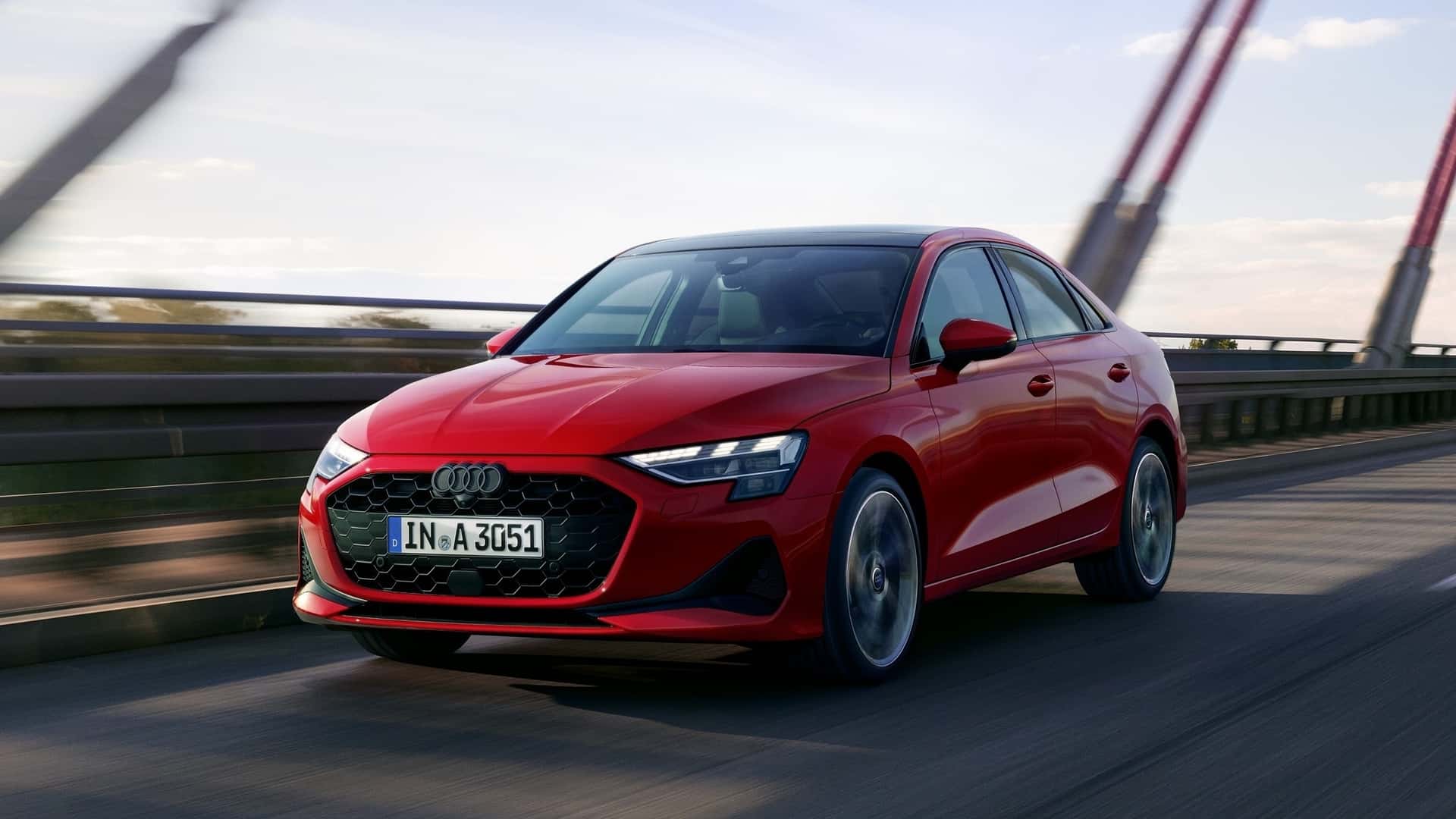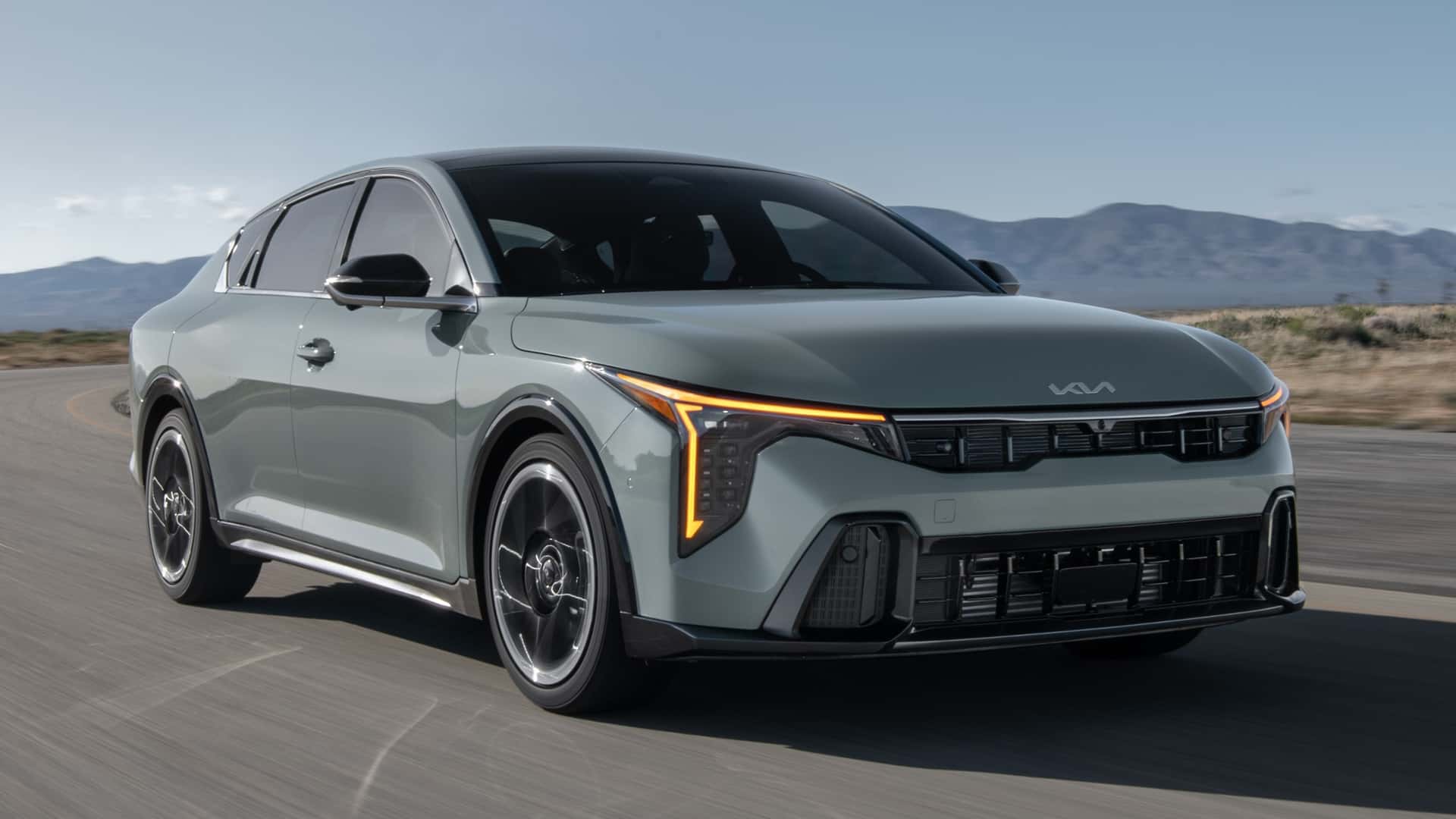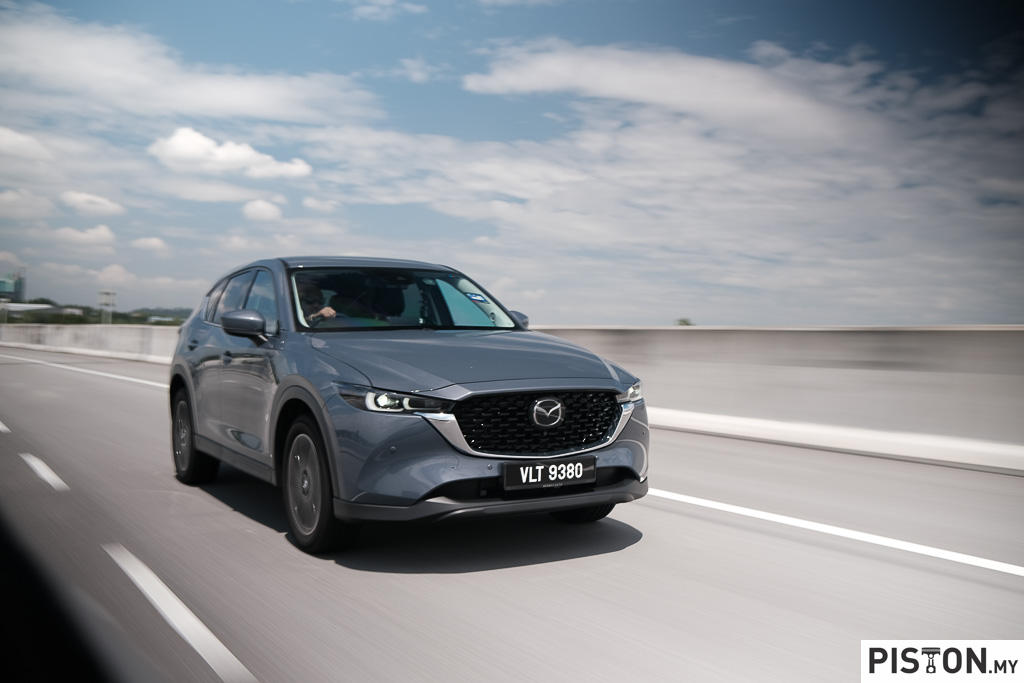Ever since LEDs started to be used for lighting units on cars, designers have had greater freedom to create more striking and unique visual signatures with the front and rear lights. The lighting units from Glohh, a British company specialising in the design of specialist lighting for luxury automobiles, have stood out and drawn attention from owners wanting more exclusivity and individuality.
Following the 2018 introduction of their GL-5i taillight which quickly became a favourite amongst Land Rover Range Rover Sport owners and automotive tuning companies, the Glohh design team has now come out with GL-5x taillight that is the flagship product.
Direct fit for Range Rover Sport
The GL-5x is a direct replacement for the Range Rover Sport’s original tail lights. Alongside introducing features never seen on the luxury SUV, it is a straightforward upgrade; no additional components are needed to complete the installation. It complies with all stringent European ECE and US Department of Transportation regulations. Pricing starts from US$1,449 (about RM6,000) for markets outside Europe.
The GL-5x features a dark-polish lens, a world-first interchangeable aerodynamic fin, an enhanced ambient light value for reduced glare, better human eye sensation and a safer road presence. Inheriting the fundamental design characteristics of the GL-5i, the GL-5x utilises shades of grey fused with a transparent lens to add mystery and intensity to the original design. This formula allows the refined internal details, previously concealed by its predecessor, to become a core part of the GL-5x identity while emphasising the Range Rover Sport’s strong stance.
“Our continued evolution is driven by a devotion to fulfil our clients demand for unique, we achieve this feat by delivering the GL-5x, the most exquisite taillight in our line-up” said Lead Designer Dr. Faheem Rafiq. “As with all Glohh products, the new GL-5x rear light combines first-class craftsmanship, state-of-the-art technology and fine design. This time, we went a step further with the introduction of a world-first interchangeable aero-fin, available in Platinum Satin and High-Gloss Black finishes, designed to appeal to the most discerning clientele.”
Uniquely tailored aerodynamic fin
The world’s first interchangeable aerodynamic fin is available in two tailored profiles – AF+ and AF-Elite – both designed to channel airflow, reducing drag and increasing stability.
AF+ features exquisite lines for a clean and elegant integration of style while AF-Elite is a highly advanced aerofoil. It further streamlines the taillights wind-cheating functionality with the introduction of sharply styled strakes. Aesthetically, it delivers powerful lines for a bold and sporty appearance, fusing form and function.
Individuality and safety
To allow owners to further individualise the identity of their taillight, both aerodynamic fins are available in exclusive colour variants High-Gloss Black or Platinum Satin, a feature unseen on an automotive taillight.
With the GL-5x, safety remains a top priority, including the introduction of an enhanced dynamic indicator. Utilising 15 eco-low energy LEDs, the turn signal spans a wide 450 mm band and has been fine-tuned to deliver a signal that is 47% brighter. Output is further sharpened by a polycarbonate diffuser, designed to distribute highly homogenous light spanning a 125-degree range, making turn indications safer for all road users.


